Search
Search Results
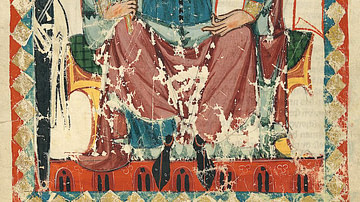
Definition
German Crusade 1197-8 CE
The German Crusade of 1197 CE, also known as the 'Emperor's Crusade', was led by the Holy Roman Emperor Henry VI (r. 1191-1197 CE). Although the emperor died on his way east, his army did capture Beirut from the forces of the Ayyubid dynasty...
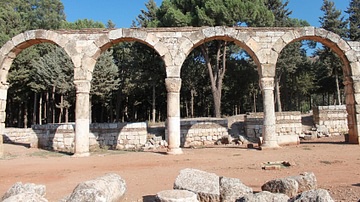
Definition
Anjar
The city of Anjar stands as the single Umayyad site in Lebanon, located near the Litani River and 58 km from the capital of Beirut. Anjar was founded during the Umayyad period under Caliph Walid ibn 'Abd al-Malak (r. 705-715 CE) and takes...
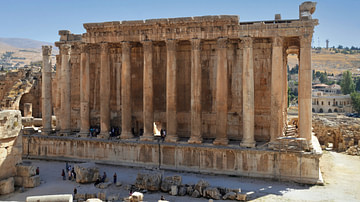
Article
Top 5 Archaeological Sites in Lebanon
Home to some of the Middle East’s most majestic ancient ruins, Lebanon has a rich and varied heritage with over 5,000 years of recorded history. Over the millennia, different conquering empires have left their footprints on the architecture...
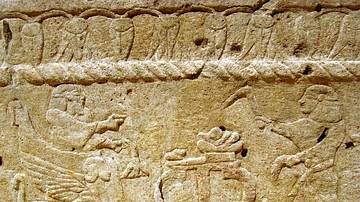
Image
Phoenician Religious Sacrifice
A scene depicting a bird sacrifice, a common practice in the Phoenician religion. From the sarcophagus of Ahiram, king of Byblos. 10th century BCE. (Beirut National Museum)
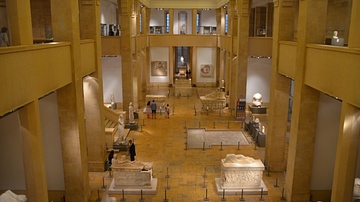
Image
National Museum of Beirut, Lebanon
The National Museum of Beirut is the principal museum of archaeology in Lebanon. About 1300 artifacts are exhibited, ranging in date from prehistoric times to the medieval Mamluk period.
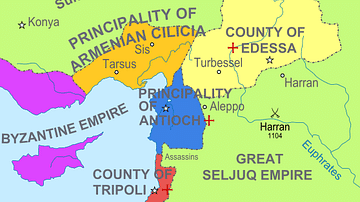
Definition
Crusader States
The Crusader States (aka the Latin East or Outremer) were created after the First Crusade (1095-1102 CE) in order to keep hold of the territorial gains made by Christian armies in the Middle East. The four small states were the Kingdom of...
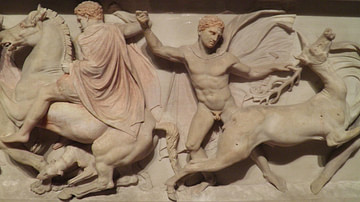
Definition
Sidon
Sidon is the Greek name (meaning 'fishery') for the ancient Phoenician port city of Sidonia (also known as Saida) in what is, today, Lebannon (located about 25 miles south of Beirut). Along with the city of Tyre, Sidon was the most powerful...
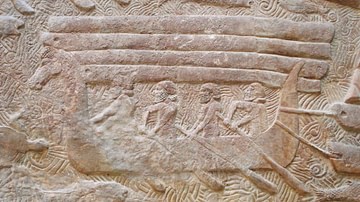
Definition
Phoenicia
Phoenicia was an ancient civilization composed of independent city-states located along the coast of the Mediterranean Sea stretching through what is now Syria, Lebanon and northern Israel. The Phoenicians were a great maritime people, known...
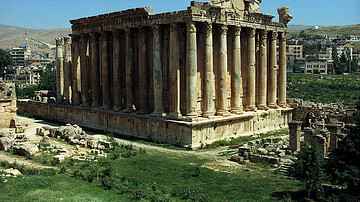
Definition
Baalbek
Baalbek is an ancient Phoenician city located in what is now modern-day Lebanon, north of Beirut, in the Beqaa Valley. Inhabited as early as 9000 BCE, Baalbek grew into an important pilgrimage site in the ancient world for the worship of...
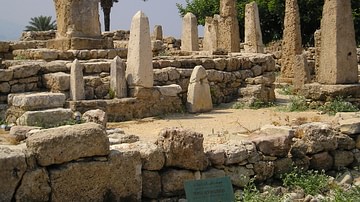
Definition
Phoenician Architecture
Phoenician architecture is typified by large temples with double-columned facades approached by a short staircase, enclosed sacred spaces containing cube-like and open-fronted shrines, and such large-scale engineering projects as dams and...